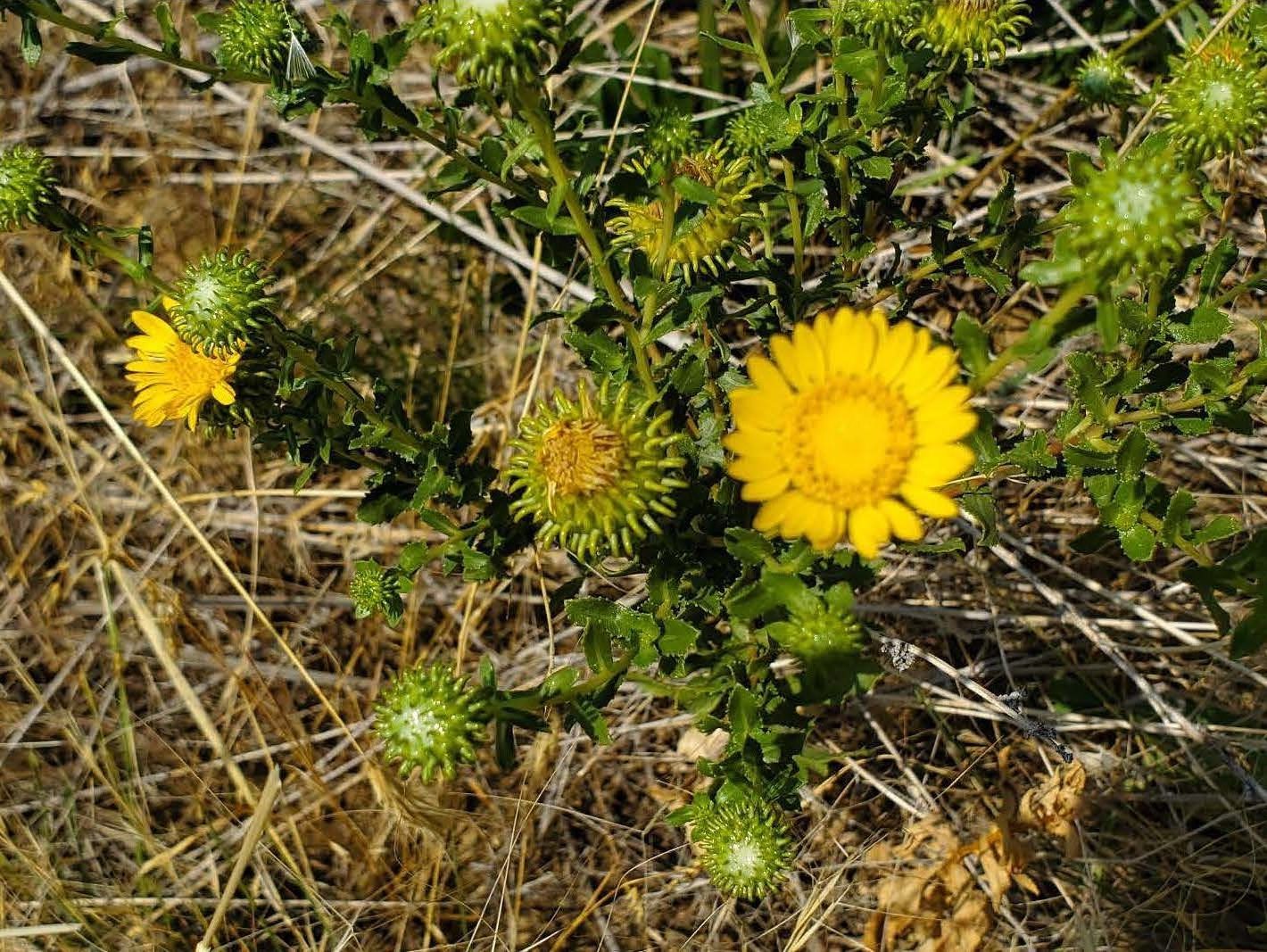Native Plants
We are lucky to have many native plants around our Boise Heights neighborhood. These pictures can help you identify some of the native plants around us.
Mulford’s Milkvetch is a rare plant named for named for Anna Isabel Mulford who discovered it in the Boise foothills in 1898. It occurs only on sandy soils at lower elevations in southwest Idaho and adjacent Oregon. The cream to light yellow pea-like flowers can usually be seen from May to early June. The small leaflets are shed in the heat of summer, leaving a spindly nondescript plant most of the year. The enclosure above Elephant Rock in the Fort Boise Military Reserve protects a small population of about a dozen plants. There are two more small populations on private property at the end of Promontory Drive.
Aase’s Onion is named for American botanist Hannah Caroline Aase and is also a rare plant. The striking purple flowers appear as early as late March and are generally gone by the end of April. The plants grow from a bulb and, like garden tulips, exist only underground most of the year. They occur on sandy to gravelly soils only in the foothills of southwest Idaho. There are several populations near our neighborhood and are most likely to be seen off the southern end of Claremont Drive and along the Crestline Trail.
Boise Sand-Verbena was reported as quite abundant in the Boise foothills in 1911, but today it is hard to find. Known only to occur in Ada County, it prefers loose sandy dune-like soils, such as those around Elephant Rock in the Fort Boise Military Reserve – perhaps it once occurred there. The white flowers are mildly fragrant and bloom throughout June. The nearest population is on the back side of Camels Back Park, but it may be hiding somewhere closer to Boise Heights. Keep an eye out.
Strict Buckwheat is not rare but is a less common buckwheat. It is somewhat unusual in that it blooms late summer into fall, like rabbit brush. The flowers obscure the diminutive plant from which they arise. There is a very nice population in the entryway (beautification area) to Boise Heights Neighborhood; just walk up the new trail!
Curly Cup Gumweed
Not a noxious weed.

Curly cup gumweed. Despite the name this is a native plant that belongs in the Boise foothills, it is NOT a weed. The flower buds and seed heads are characteristically sticky. I include it here because I have seen people pulling it up, perhaps mistaking it for yellow star thistle, a nasty, spiny invasive species that grows further north in Idaho. Please don’t pull up curly cup gumweed